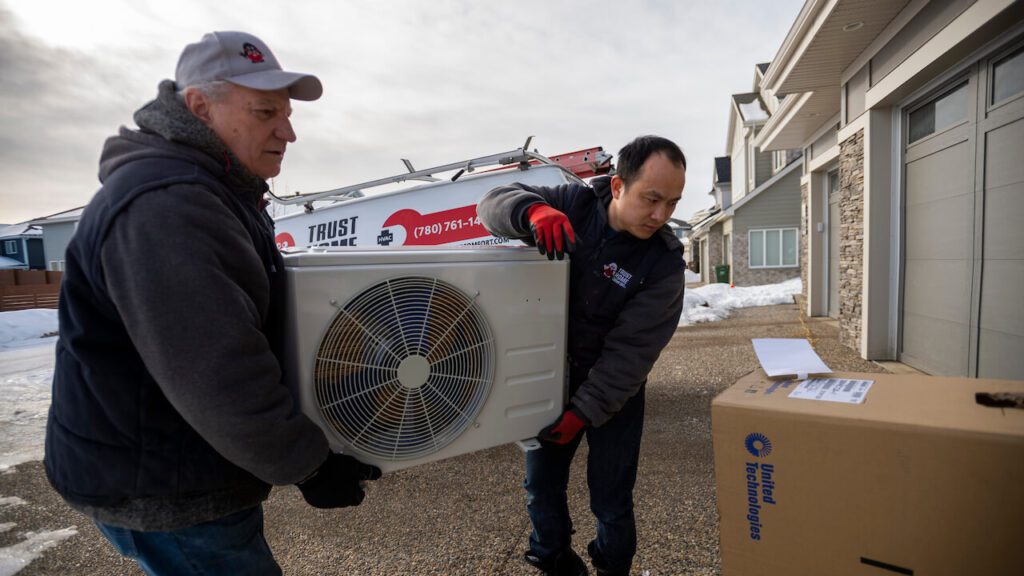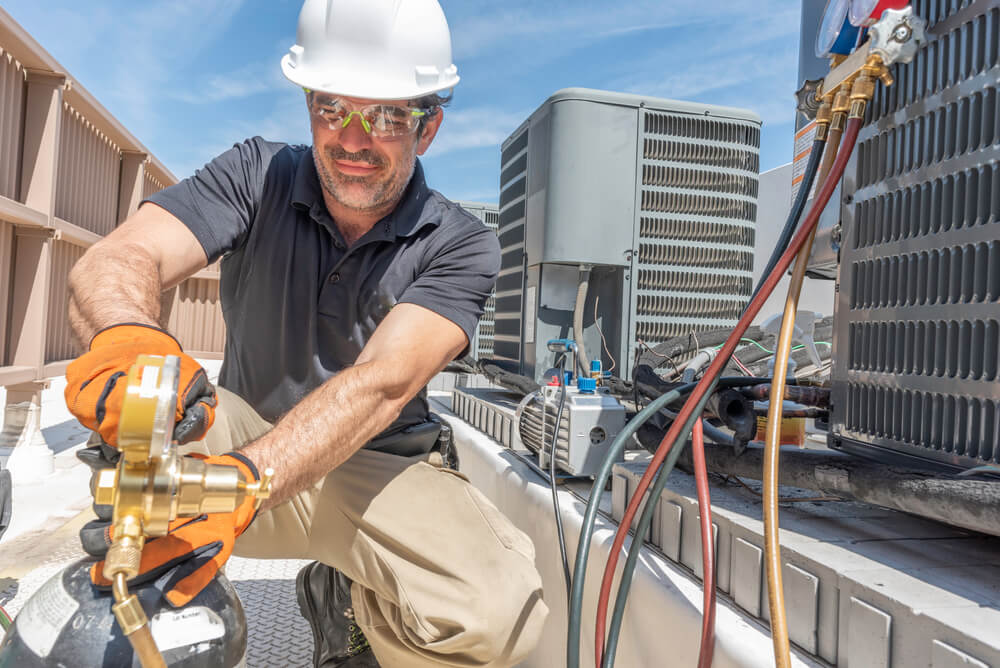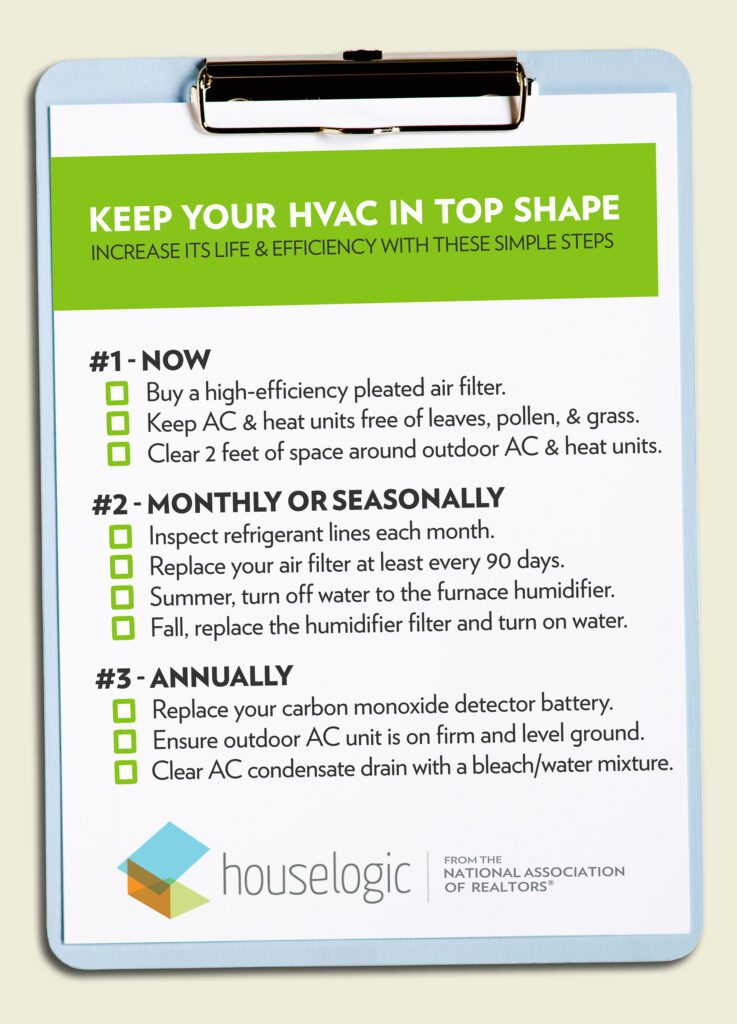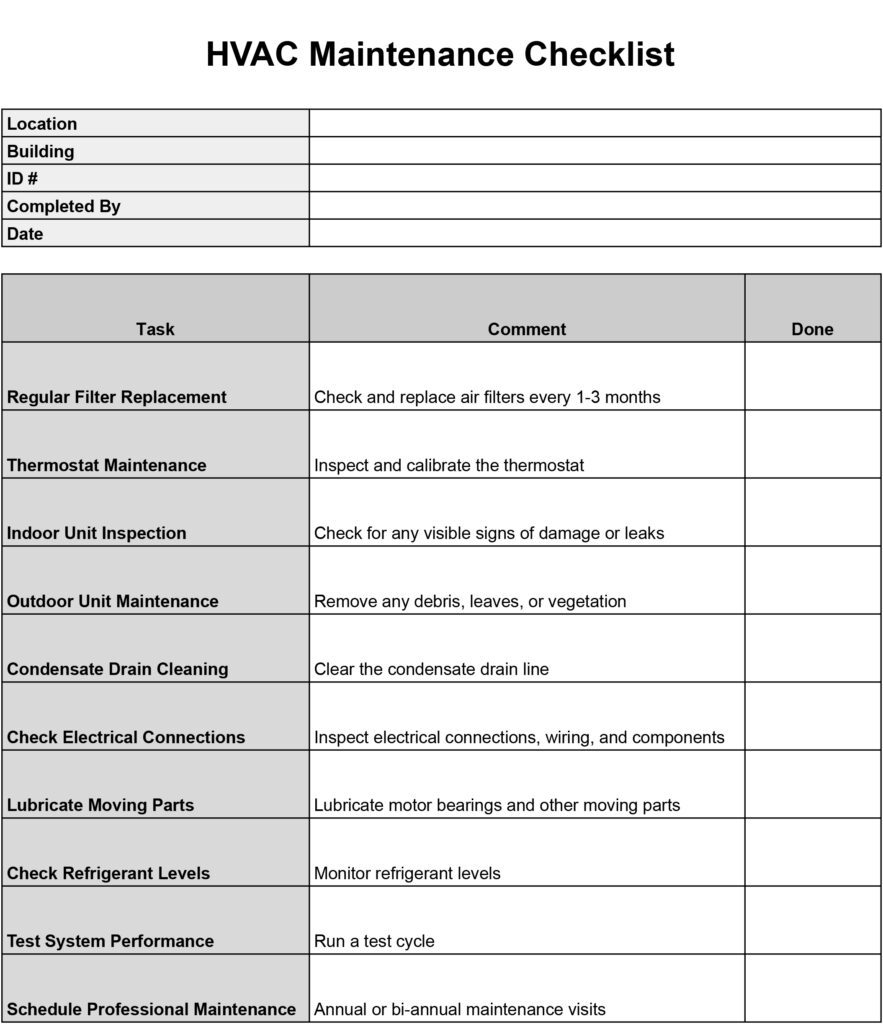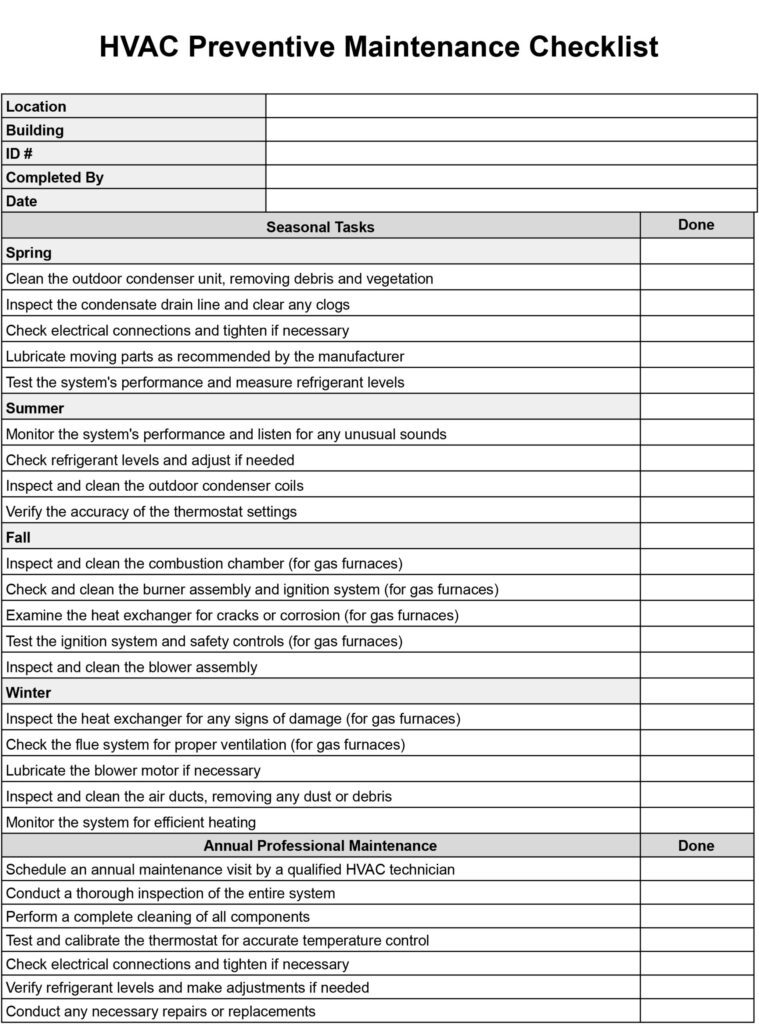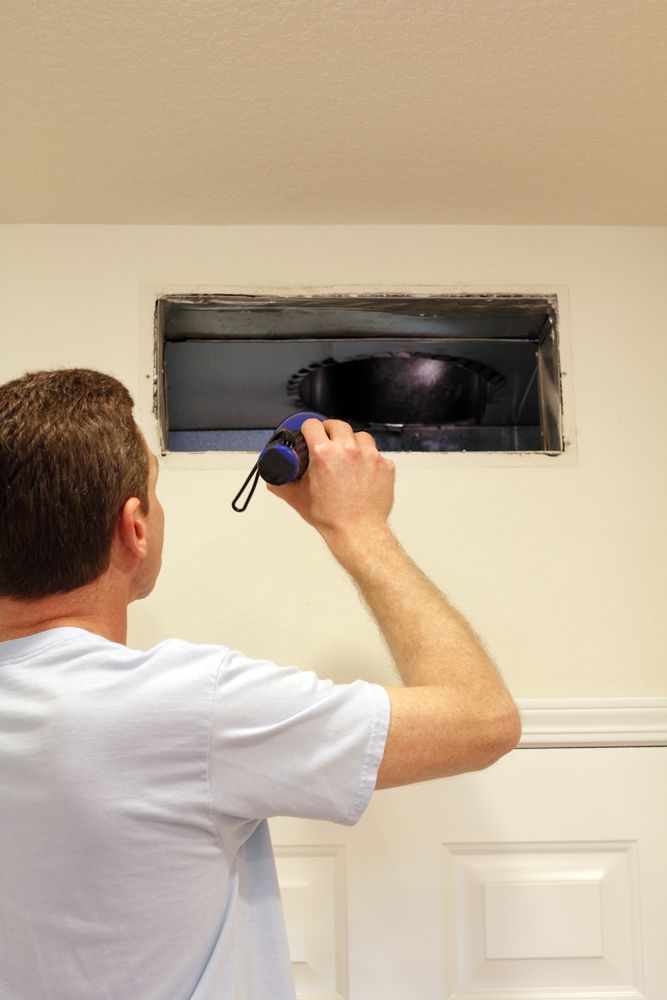In the world of HVAC, understanding the average mark up is crucial for both consumers and professionals alike. When it comes to HVAC services and products, the mark up plays a significant role in determining the final cost. But what exactly is the average mark up for HVAC? This article aims to shed light on this important question and provide you with a clear understanding of the industry’s pricing practices. Whether you’re a homeowner looking to hire an HVAC contractor or a professional seeking to establish fair rates, this article will guide you through the ins and outs of HVAC mark up.
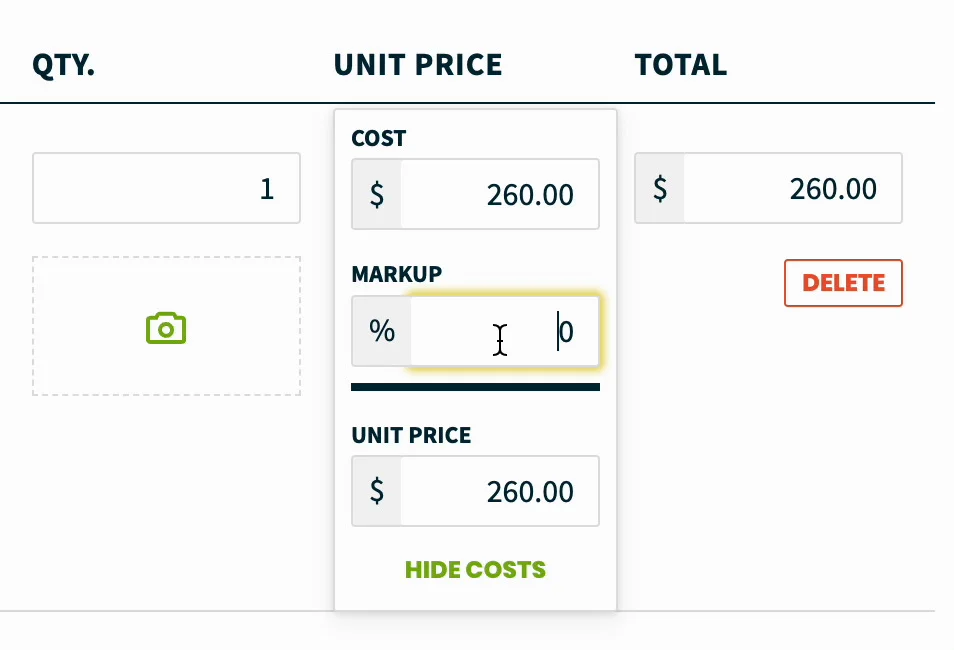

Understanding HVAC
Definition of HVAC
HVAC stands for Heating, Ventilation, and Air Conditioning. It refers to the systems, equipment, and technology used to control the temperature, humidity, and air quality within a building or vehicle. HVAC systems are designed to provide a comfortable and healthy indoor environment.
Components of an HVAC System
An HVAC system is composed of various components that work together to regulate and distribute air. These components include the following:
-
Heating Equipment: This includes furnaces, boilers, heat pumps, and other devices that generate heat to warm the air.
-
Cooling Equipment: This comprises air conditioners and refrigeration units that cool the air by removing heat from it.
-
Ventilation System: The ventilation system ensures a continuous flow of fresh air and removes stale air, odors, and pollutants from the indoor space.
-
Ductwork: Ducts are used to transport heated or cooled air from the HVAC equipment to different areas of the building.
-
Thermostats and Controls: These devices monitor and regulate the temperature, humidity, and operation of the HVAC system.
Importance of HVAC Systems
HVAC systems play a crucial role in maintaining a comfortable living and working environment. Here are some reasons why HVAC systems are important:
-
Temperature Control: HVAC systems allow you to adjust the temperature according to your preferences, ensuring comfort throughout the year.
-
Indoor Air Quality: HVAC systems filter and circulate air, removing pollutants, allergens, and odors to maintain a healthy indoor environment.
-
Energy Efficiency: Well-maintained HVAC systems can help reduce energy consumption and lower utility bills.
-
Moisture Control: HVAC systems can control humidity levels, preventing the growth of mold and mildew, which can damage buildings and pose health risks.
-
Equipment Longevity: Properly functioning HVAC systems extend the lifespan of heating and cooling equipment, saving you money on replacements.
Factors Influencing HVAC Prices
The price of HVAC services and equipment can vary significantly based on several factors. These factors include:
-
Size and Complexity of the System: Larger buildings or complex HVAC systems may require more equipment and labor, resulting in higher prices.
-
Energy Efficiency: High-efficiency HVAC systems, although more expensive upfront, can save on energy costs in the long run.
-
Geographic Location: The cost of living and access to HVAC equipment and services can vary by region, affecting overall prices.
-
Scope of Work: The specific requirements, such as installation, repair, or maintenance, can influence the overall pricing.
-
Market Competition: Areas with more HVAC service providers may experience lower prices due to increased competition.
Calculating Mark Up
What is Mark Up?
Mark up is the difference between the cost of a product or service and its selling price. It is typically expressed as a percentage and is added to the cost price to determine the selling price. Mark up allows businesses to cover their expenses, including overhead costs, and generate a profit.
Reasons for Mark Up
There are several reasons why businesses use mark up on their products or services:
-
Covering Costs: Mark up helps businesses cover expenses such as materials, labor, overhead, and other operational costs.
-
Generating Profits: By adding a mark up percentage to the cost price, businesses can earn a profit on each sale.
-
Risk Mitigation: Mark up allows businesses to account for unforeseen costs, inflation, or market fluctuations.
-
Investment in Growth: The profit generated from mark up can be reinvested in expanding the business, improving operations, or developing new products and services.
Formula for Calculating Mark Up
To calculate the mark up percentage, you can use the following formula:
Mark Up % = (Selling Price – Cost Price) / Cost Price * 100
For example, if the cost price of an HVAC unit is $1,200, and you want to apply a 30% mark up, the selling price would be:
Mark Up % = (Selling Price – $1,200) / $1,200 * 100
Solving for Selling Price:
Selling Price – $1,200 = ($1,200 * 30) / 100
Selling Price – $1,200 = $360
Selling Price = $1,200 + $360 = $1,560
Therefore, the selling price with a 30% mark up would be $1,560.
Mark Up Percentages in Different Industries
The mark up percentage can vary across industries based on various factors, including competition, demand, and expenses. Here is an overview of average mark up percentages in different industries:
-
Retail Industry: Retail businesses typically have lower mark up percentages, ranging from 15% to 50%. This is because they often have high overhead costs and face strong competition.
-
Manufacturing Industry: Manufacturers often have higher mark up percentages to account for labor, materials, and production costs. Mark up in this industry can range from 25% to 75%.
-
Service Industry: Service-based businesses, such as HVAC contractors, may have mark up percentages ranging from 20% to 60%. This is due to the significant labor, equipment, and expertise required to provide quality services.
-
Construction Industry: Construction mark up percentages can be higher, ranging from 30% to 75%. This is because the industry involves complex projects, specialized skills, and substantial overhead expenses.


Determining Average Mark Up for HVAC
Understanding the HVAC Industry
The HVAC industry involves the installation, repair, and maintenance of heating, ventilation, and air conditioning systems. HVAC companies often face significant costs associated with equipment, labor, and overhead. Therefore, determining the average mark up for HVAC services is crucial for maintaining profitability and sustainability within the industry.
Factors Affecting Mark Up in HVAC
Several factors influence the mark up percentages in the HVAC industry. These factors include:
-
Type of Service: Different HVAC services, such as installation, repair, or maintenance, may have varying mark up percentages due to the differences in labor, expertise, and equipment required.
-
Overhead Expenses: HVAC companies have overhead expenses, such as rent, insurance, utilities, and employee salaries, which need to be accounted for in the mark up.
-
Competition: The level of competition in a specific area can affect the mark up percentages. Higher competition may result in lower mark ups to attract customers, while a lack of competition can lead to higher mark ups.
-
Market Demand: Seasonal demand and fluctuations in the market can influence mark up percentages. HVAC companies may adjust their mark up based on the level of demand and availability of resources.
Average Mark Up for HVAC Services
The average mark up for HVAC services can vary depending on the specific service being provided. However, in the HVAC industry, mark up percentages generally range from 20% to 60%. These percentages take into account the costs of materials, labor, overhead expenses, and desired profit margins.
Variances in Mark Up for HVAC Equipment
In addition to services, mark up percentages can also vary for HVAC equipment. HVAC contractors often purchase equipment from manufacturers and then sell it to customers. The mark up for equipment can range from 10% to 50% or more, depending on factors such as the cost of the equipment, wholesale prices, and market demand.
Industry Average Mark Up Percentages
Overview of Average Mark Up Percentages in Industries
Average mark up percentages can vary widely across industries. Here is a general overview of mark up percentages in some key sectors:
-
Retail Industry: Mark up percentages in retail typically range from 15% to 50%, with lower mark ups for high-volume, low-cost products, and higher mark ups for specialty or luxury goods.
-
Manufacturing Industry: The manufacturing sector often has mark up percentages ranging from 25% to 75%, depending on factors such as production costs, demand, and competition.
-
Construction Industry: Mark up percentages in construction can range from 30% to 75%, considering the complexity of projects, material costs, labor, and overhead expenses.
Average Mark Up in the HVAC Industry
In the HVAC industry, the average mark up percentages generally fall between 20% and 60%. However, it is important to note that mark up percentages can vary significantly depending on geographical location, market conditions, competition, and the specific HVAC service or equipment being offered.
Comparison of HVAC Mark Up with Other Industries
Compared to some other industries, such as retail or manufacturing, the mark up percentages in the HVAC industry tend to be higher. This is because HVAC services involve specialized skills, extensive knowledge, and significant overhead expenses. Additionally, the sale of HVAC equipment often involves a separate mark up, contributing to the overall mark up percentage in the industry.
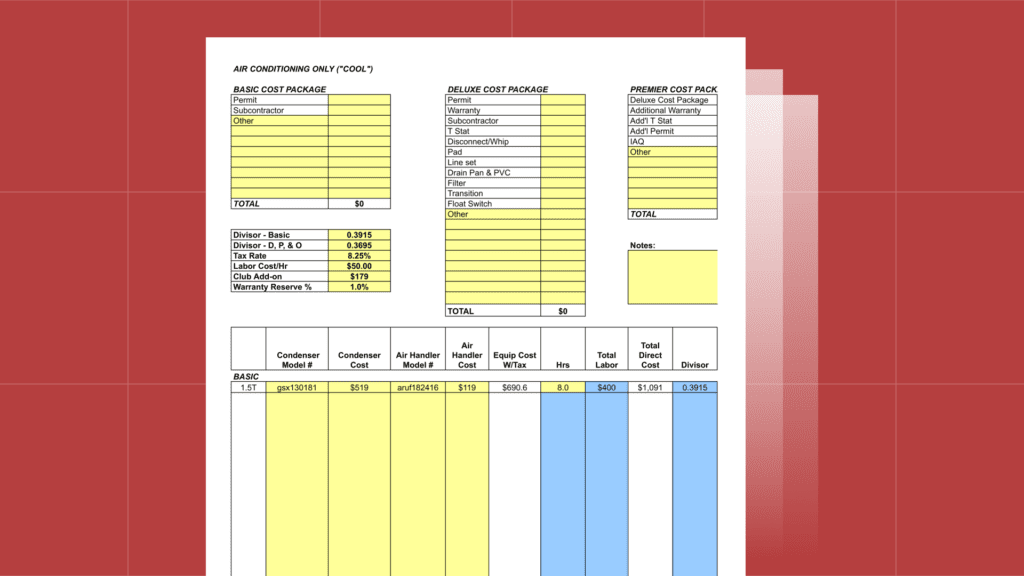

Factors Influencing HVAC Mark Up
Cost of Materials
The cost of materials is a significant factor in determining the mark up for HVAC services. HVAC contractors need to consider the expenses associated with purchasing equipment, tools, replacement parts, and materials necessary to complete the job. Fluctuations in material prices can impact the mark up percentage.
Labor and Overhead Expenses
Labor costs and overhead expenses are key factors considered when determining mark up in the HVAC industry. HVAC companies incur expenses for employing skilled technicians, training, insurance, licenses, certifications, and maintaining facilities. These costs are factored into the mark up to ensure profitability and sustain the business.
Seasonal Demand
Seasonal fluctuations in demand can influence mark up percentages in the HVAC industry. During peak seasons, such as summer or winter, when HVAC systems are heavily used, the demand for services increases. HVAC companies may adjust mark up percentages to reflect the increased demand and the need for additional resources and staffing.
Geographic Location
Geographical location can impact mark up percentages in the HVAC industry. The cost of living, local regulations, competition levels, and availability of HVAC services and equipment can vary from one region to another. HVAC contractors operating in areas with higher operating costs may need to apply higher mark up percentages to cover their expenses.
Competition and Market Conditions
Competition and market conditions can affect mark up percentages in the HVAC industry. Areas with a higher number of HVAC service providers may experience greater competition, leading to lower mark up percentages. Conversely, areas with fewer competitors may allow HVAC contractors to set higher mark up percentages.
Cost Breakdown for HVAC Services
Materials and Equipment Costs
Materials and equipment costs account for a significant portion of the expenses in providing HVAC services. This includes the cost of purchasing heating and cooling units, ventilation systems, ductwork, thermostats, tools, and other necessary components. HVAC contractors factor in these costs when determining the mark up for their services.
Labor Costs
Labor costs are a crucial component of the cost breakdown for HVAC services. Skilled technicians, installation or repair crews, and other HVAC professionals need to be compensated for their expertise and time. HVAC companies consider labor costs when calculating the mark up percentage to ensure that the necessary labor expenses are covered.
Overhead Expenses
Overhead expenses are essential to keep an HVAC business running smoothly. These expenses include rent or mortgage payments for office or warehouse space, vehicle maintenance, insurance premiums, utilities, licenses, certifications, marketing, and administrative costs. HVAC companies incorporate these overhead expenses into their mark up percentages to cover these necessary expenditures.
Profit Margin
In addition to covering costs, HVAC companies aim to generate a profit. The desired profit margin is included in the mark up percentage. This profit allows HVAC businesses to sustain and grow their operations, invest in better equipment or training, and continue providing quality services to their customers.


Case Studies: Mark Up Examples in HVAC
Case Study 1: Residential HVAC Installation
In a residential HVAC installation project, HVAC contractors need to consider various factors when determining the mark up percentage. These factors include the size of the property, type of HVAC system required, specific installation requirements, labor costs, material costs, and overhead expenses.
For example, if the cost of materials and labor for a residential HVAC installation project add up to $5,000, and the HVAC contractor applies a 40% mark up, the selling price would be:
Mark Up % = (Selling Price – $5,000) / $5,000 * 100
Solving for Selling Price:
Selling Price – $5,000 = ($5,000 * 40) / 100
Selling Price – $5,000 = $2,000
Selling Price = $5,000 + $2,000 = $7,000
Therefore, the selling price with a 40% mark up for the residential HVAC installation would be $7,000.
Case Study 2: Commercial HVAC Repair
In a commercial HVAC repair project, the mark up percentage will vary based on factors such as the complexity of the repair, equipment needed, specialized skills required, labor costs, and overhead expenses specific to commercial properties.
For instance, if the cost of labor and materials for a commercial HVAC repair totals $10,000, and the HVAC contractor applies a 30% mark up, the selling price would be:
Mark Up % = (Selling Price – $10,000) / $10,000 * 100
Solving for Selling Price:
Selling Price – $10,000 = ($10,000 * 30) / 100
Selling Price – $10,000 = $3,000
Selling Price = $10,000 + $3,000 = $13,000
Therefore, the selling price with a 30% mark up for the commercial HVAC repair would be $13,000.
Case Study 3: HVAC Maintenance Contract
In an HVAC maintenance contract, the mark up percentage will depend on the specific services included in the contract, the frequency of maintenance visits, equipment covered, and the anticipated labor costs and overhead expenses for the duration of the contract.
For example, if the cost of labor and overhead expenses for a one-year HVAC maintenance contract is $2,000, and the HVAC contractor applies a 50% mark up, the selling price would be:
Mark Up % = (Selling Price – $2,000) / $2,000 * 100
Solving for Selling Price:
Selling Price – $2,000 = ($2,000 * 50) / 100
Selling Price – $2,000 = $1,000
Selling Price = $2,000 + $1,000 = $3,000
Therefore, the selling price with a 50% mark up for the one-year HVAC maintenance contract would be $3,000.
Tips for Negotiating HVAC Mark Up
Research and Compare Multiple Quotes
When seeking HVAC services, it is essential to research and obtain quotes from multiple HVAC contractors. Comparing quotes will give you an idea of the average mark up percentages in your area and allow you to choose the most competitive and reasonable option.
Consider Different HVAC Service Providers
To negotiate mark up, consider reaching out to different HVAC service providers. Each contractor may have a different mark up percentage based on their unique business model and expenses. Asking for quotes from various contractors can help you compare mark up percentages and negotiate better deals.
Understand the Scope of Work
Before negotiating mark up, it is crucial to understand the scope of work involved in your HVAC project. This will enable you to have a clear idea of the expenses that HVAC contractors will incur, including labor, materials, and overhead costs. Understanding the scope of work will also allow you to evaluate if the mark up percentage is reasonable.
Ask for Itemized Cost Breakdown
When negotiating mark up, it is beneficial to ask HVAC contractors for an itemized cost breakdown. This breakdown should detail the costs associated with labor, materials, overhead expenses, and any additional charges or mark up percentages. Having a clear understanding of the cost breakdown will help you negotiate specifically on different components.
Negotiate Based on Industry Standards
To negotiate mark up effectively, it is helpful to be aware of the average mark up percentages in the HVAC industry. This knowledge enables you to negotiate from a position of understanding, ensuring that you receive a fair and reasonable mark up percentage. It also allows you to gauge if the mark up offered by the contractor aligns with industry standards.
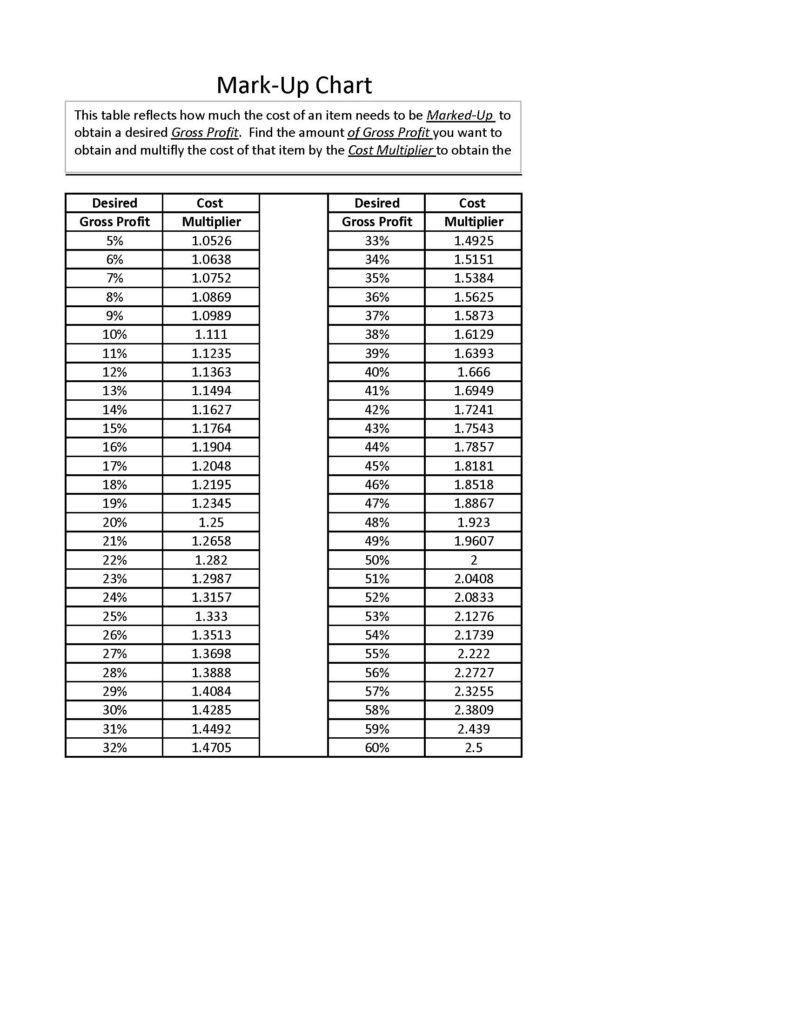

Transparency in HVAC Pricing
Importance of Transparent Pricing
Transparent pricing is essential in the HVAC industry to build trust with customers and establish long-lasting relationships. Providing clear, upfront pricing enables customers to make informed decisions and eliminates the risk of hidden charges or unexpected costs. Transparent pricing fosters positive customer experiences and satisfaction.
Benefits of Upfront Pricing
Upfront pricing in the HVAC industry offers several benefits. It allows customers to compare quotes and options accurately, ensuring they are well-informed about the costs involved before committing to HVAC services. Upfront pricing also promotes trust and transparency, leading to better customer satisfaction and loyalty.
Building Trust with Customers
Transparent pricing is a vital element in building trust with customers. By providing clear and comprehensive pricing information, HVAC companies demonstrate honesty and integrity. Customers value transparency and are more likely to trust and rely on HVAC contractors who offer upfront pricing.
Avoiding Hidden Charges
Hidden charges can lead to misunderstandings and frustration for customers. By adopting transparent pricing practices, HVAC companies can avoid the temptation of adding hidden charges or excessive mark up percentages. Clear and upfront pricing helps avoid disputes and ensures customer satisfaction throughout the HVAC project.
Conclusion
Understanding HVAC systems, mark up calculations, and the average mark up for HVAC services is essential for both HVAC contractors and customers. HVAC systems play a vital role in maintaining comfortable and healthy indoor environments, and mark up is necessary for HVAC businesses to cover costs and generate profits. Factors such as labor, materials, overhead expenses, and market conditions influence mark up percentages in the HVAC industry. By adopting transparent pricing practices and negotiating mark up based on industry standards, both HVAC contractors and customers can establish fair and mutually beneficial relationships.

